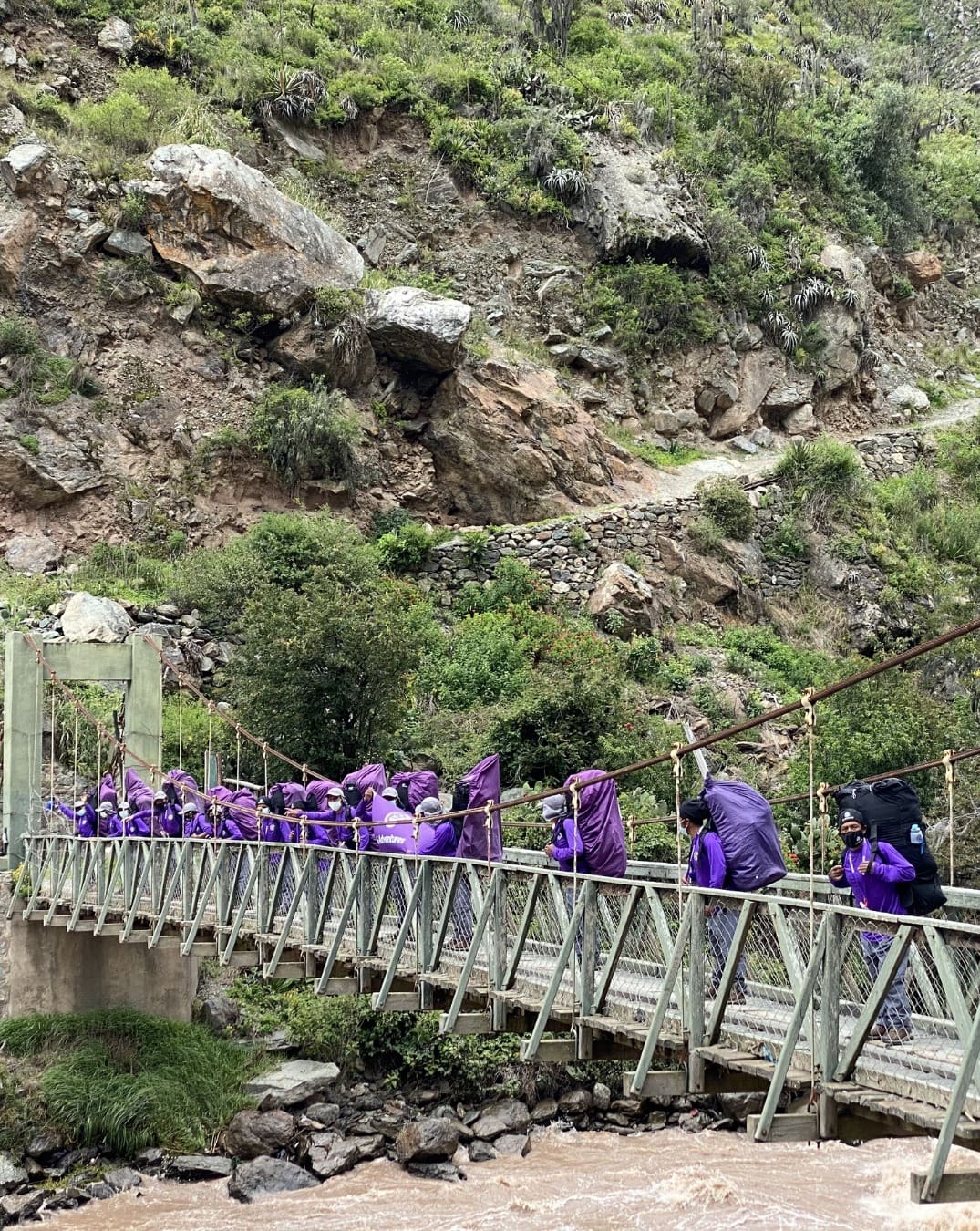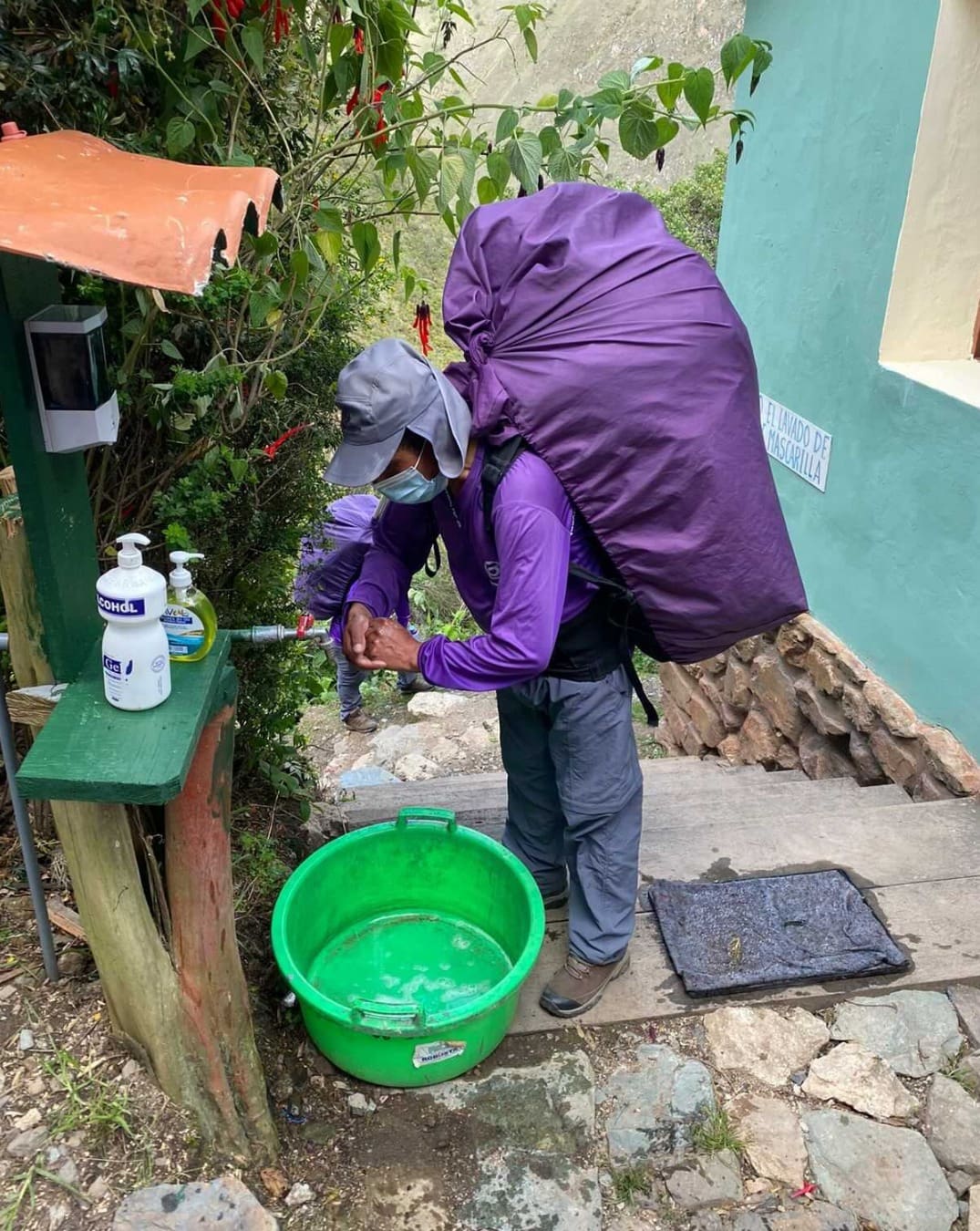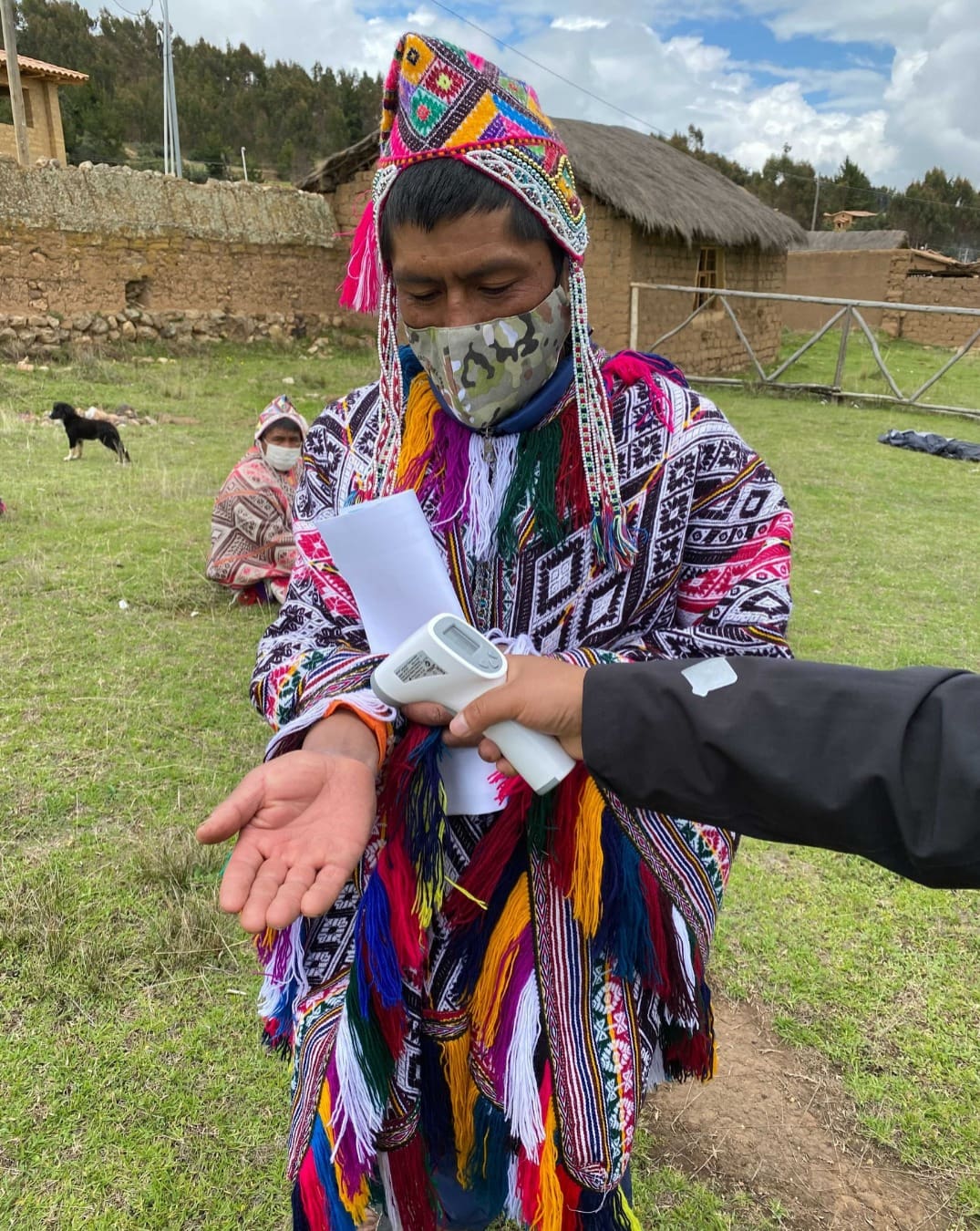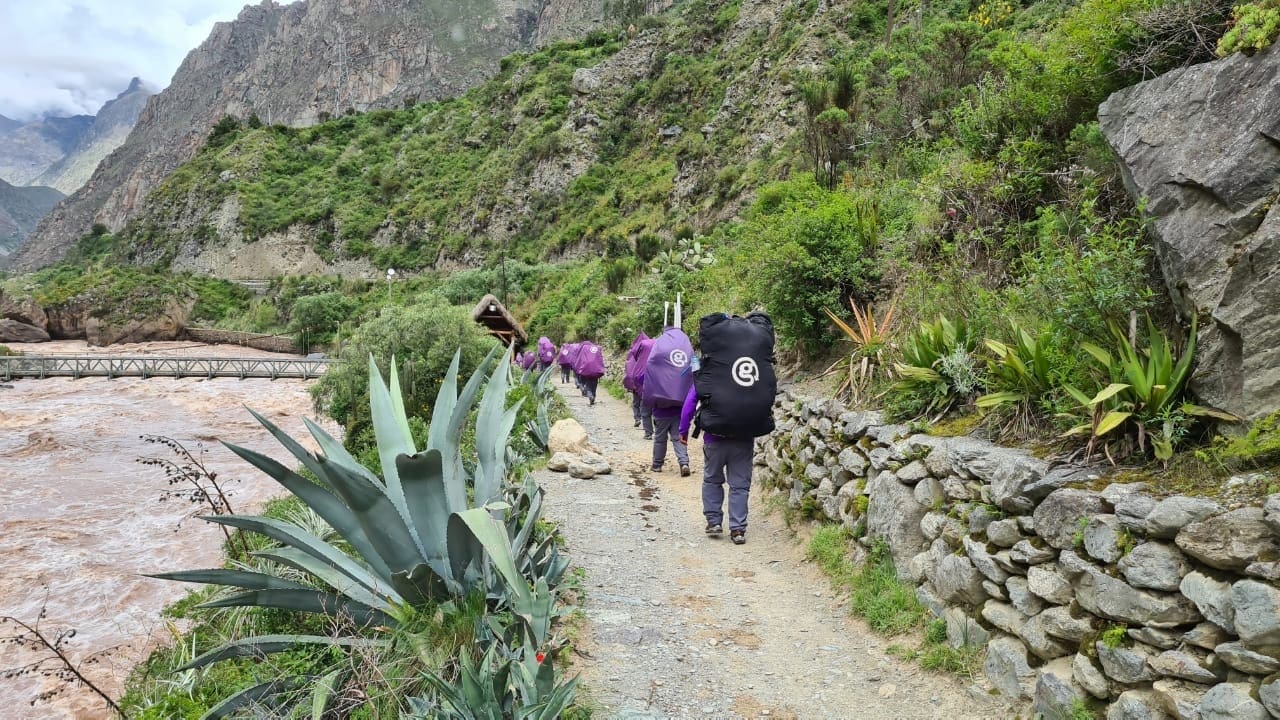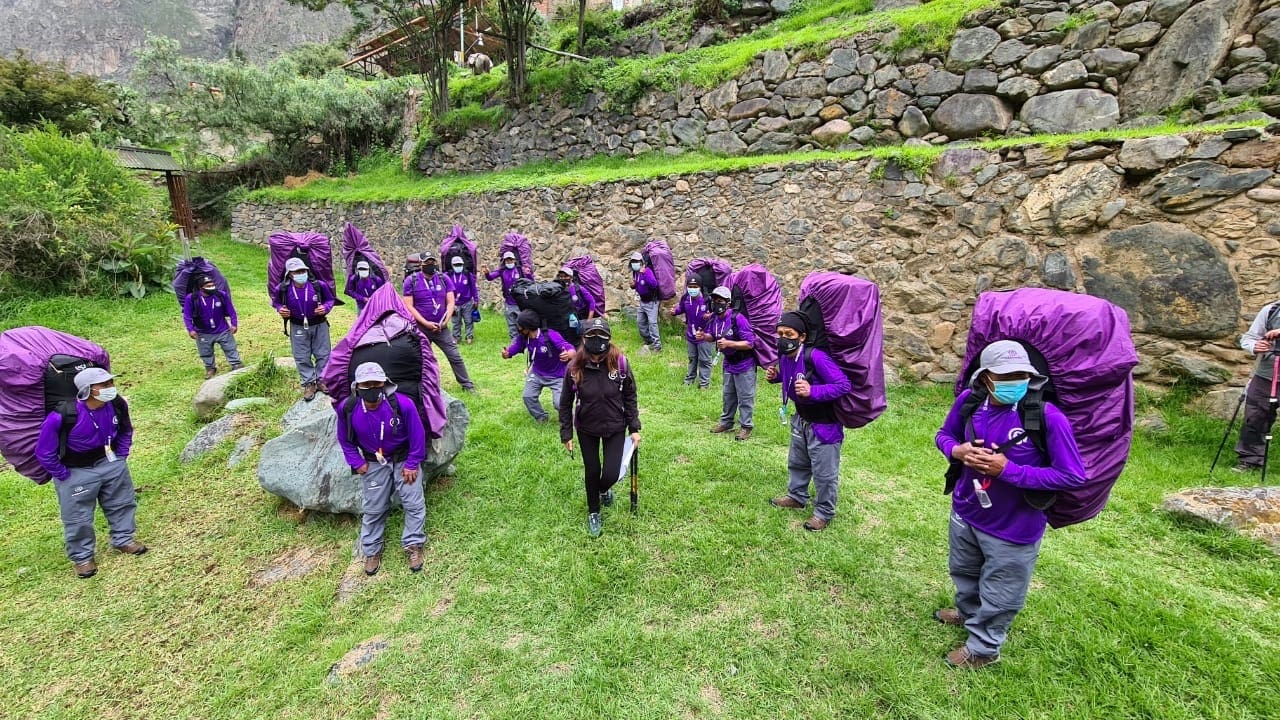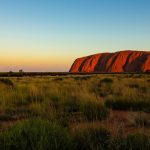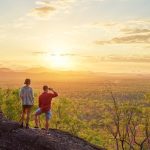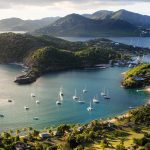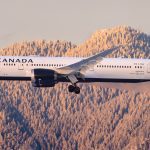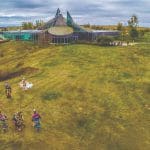G Adventures gears up to take travellers back out on the Inca Trail
By: Ann Ruppenstein
What’s involved in getting a tour back up and running in the wake of a global pandemic?
Ahead of bringing travellers back to experience one of the highlights of Peru — the four day Inca Trail to Machu Picchu — G Adventures operated a pilot project to finalize heightened health and safety measures along the route.
From Jan. 23 to 26, members of the G Adventures team joined local travel associations and local authorities who manage the trail, to see its health and safety protocols, which were created in collaboration with Cleveland Clinic and in partnership with the Adventure Travel Trade Association, in action.
“We walked the full four days as we would do with travellers, as it was important to be able to check the health and safety measures at different points of the trail,” Angie Bezold, operations manager Cuzco, G Adventures, tells Travel Courier. “As the Inca Trail is a high mountain trek with a very unique and complex operation, the main objective was to check if the protocols approved by the government could be implemented in such an environment. It was a great opportunity to test them out and make the necessary recommendations before operators start bringing travellers back from all around the world.”
Another big component of the pilot trip was making sure local communities in the area are ready, trained and supported for the return of international visitors.
“Protecting the local people, as well as our staff and travellers, is paramount,” says Bezold.
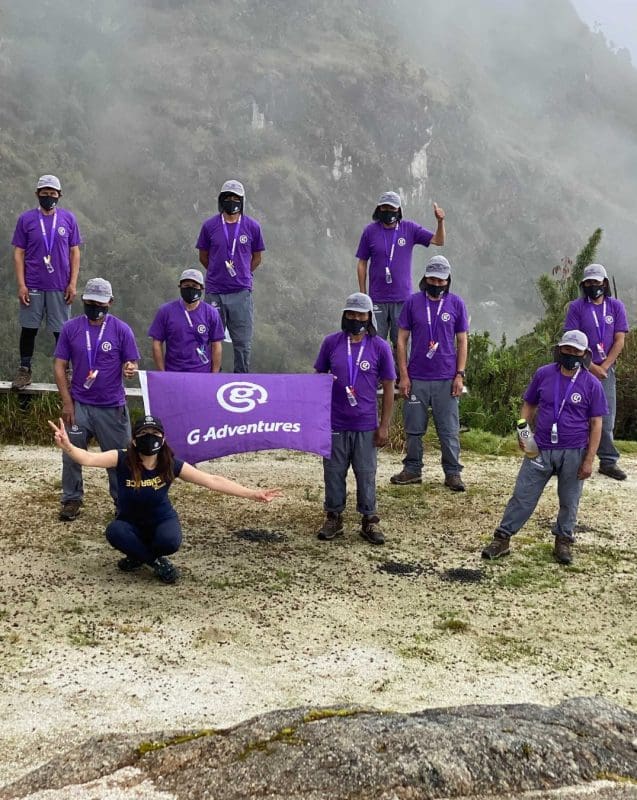
Similarly, Sarah Miginiac, general manager, Latin America, G Adventures, says the experience was a fantastic opportunity as local operators to see what hiking the trail will be like when travellers are able to return, as well as to implement policies focussed on the wellbeing of its porters.
“The new measures ensure guidelines on enhanced physical distancing and sanitization are followed, and that everyone on the support team understands their additional responsibilities,” says Miginiac. “We have worked closely with our porters, who come from different communities, to train them on physical distancing and how to use the required PPE equipment, as well as ensuring all our porters can get safely to and from the trek. The measures that we have put in place are not limited to just the actual trek — we are also making sure to respect all protocols both before and after, and at our office in Cusco, which has obtained the necessary certification to operate.”
A similar pilot trip was undertaken in November ahead of the reopening of the one-day Inca Trail.
“Having successfully managed the opening of the one-day trek, it was apparent that a similar pilot trip was also going to be needed in order to prepare the four-day trip to also be able to relaunch, as it is a much more complicated operation,” says Bezold.
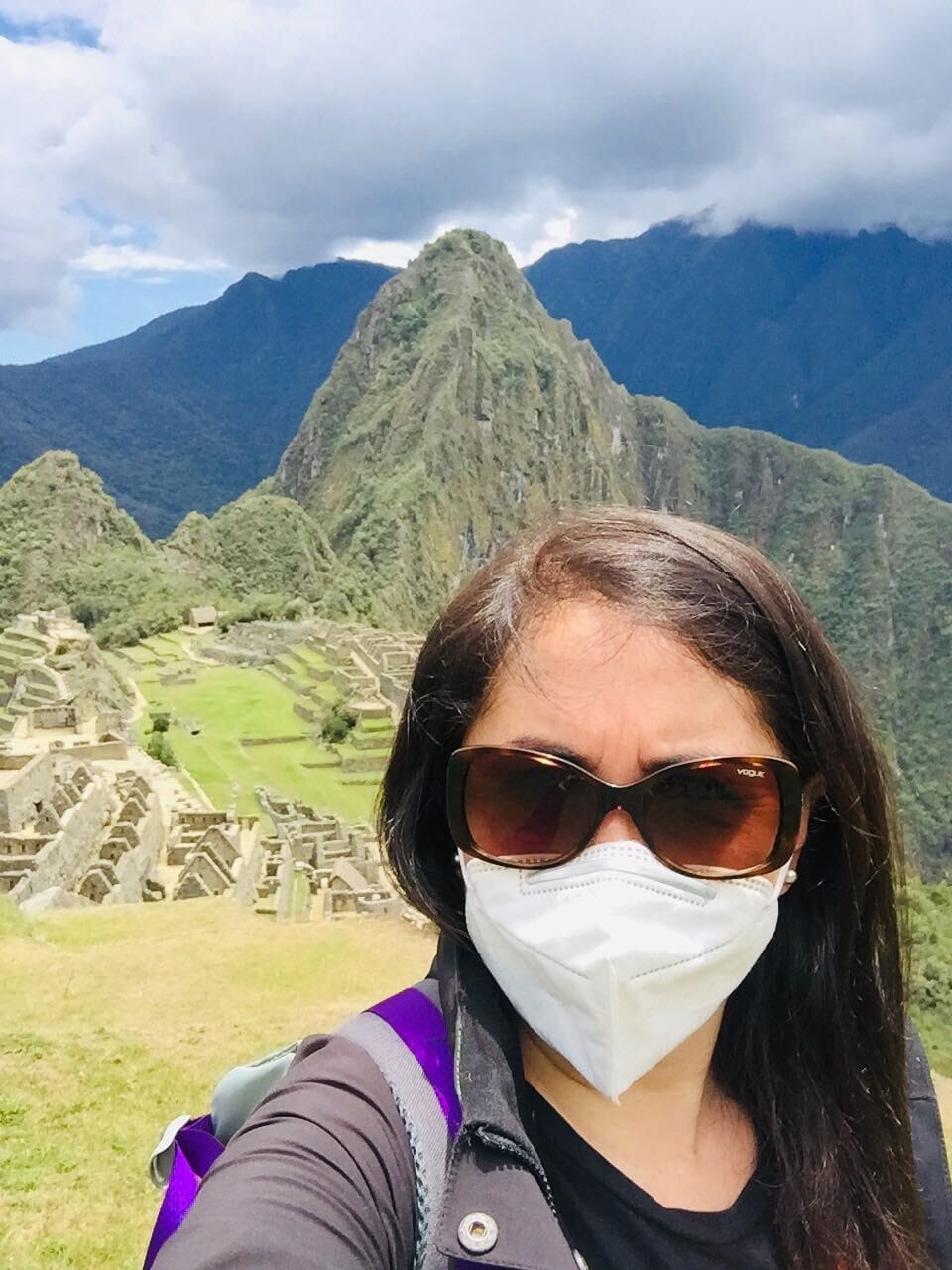
Bezold at Machu Picchu
“We walked the full four days as we would do with travellers, as it was important to be able to check the health and safety measures at different points of the trail. As the Inca Trail is a high mountain trek with a very unique and complex operation, the main objective was to check if the protocols approved by the government could be implemented in such an environment. It was a great opportunity to put them to the test out and make the necessary recommendations before operators start bringing travellers back from all around the world.”
Angie Bezold
operations manager Cuzco, G Adventures
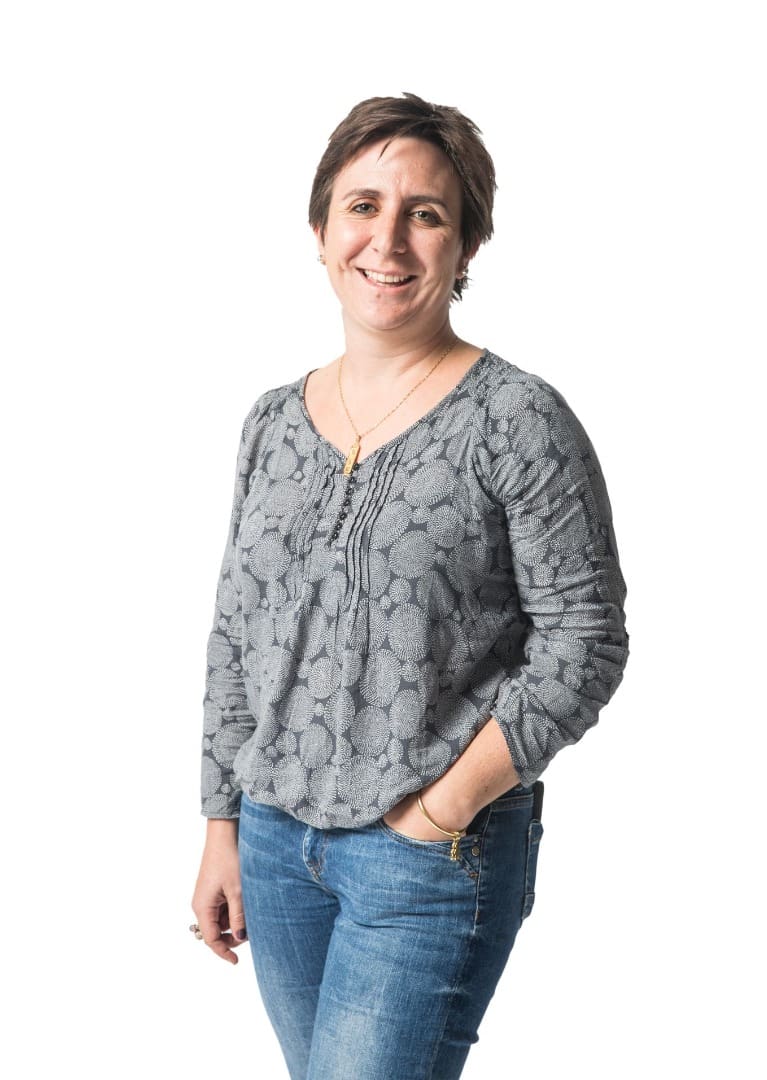
“The new measures ensure guidelines on enhanced physical distancing and sanitization are followed, and that everyone on the support team understands their additional responsibilities. We have worked closely with our porters, who come from different communities, to train them on physical distancing and how to use the required PPE equipment, as well as ensuring all our porters can get safely to and from the trek.”
Sarah Miginiac
general manager, Latin America, G Adventures
With the new protocols, many elements of running a tour had to be reconfigured such as how meals will be served at campsites to ensure physical distancing for travellers and the support team.
“We are providing all solo travellers with their own tent and, on top of the daily self assessment that each of our team has to do on all our tours, and we will be implementing daily temperature checks for treks in high altitude,” says Miginiac. “Additionally, the concept of bubbles will be enforced all the way along the trekking route with each group becoming its own travel bubble to make sure there is staggered entrance to the trail, with assigned campsites for each group to avoid having too many people in one place.”
The protocols also establish that mask wearing is necessary when social distancing of at least two meters can not take place, such as at campsites and any checkpoints along the trail.
“Locally people are definitely keen for tourism to come back, but they want this to be done as safely as possible which is why this pilot trip was so important for us to test the new regulations,” says Bezold. “The Inca Trail is one of the most popular trekking routes in the world. It will be a great achievement for us to have it back up and running in a safe way for everyone, and will set a fantastic example for other treks in Peru as well as around the world.”

